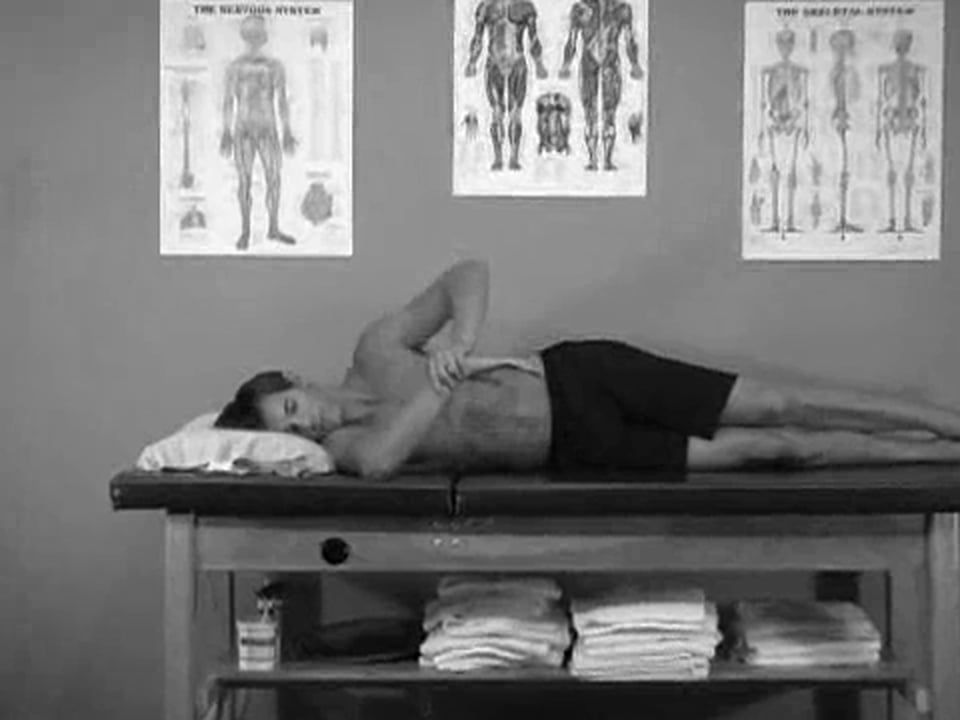Acromioclavicular Separation
Definition:
A 'separated shoulder' (also known as 'acromioclavicular separation', 'AC joint separation', 'AC separation'), is a common injury to the acromioclavicular joint. This is not to be confused with shoulder dislocation which occurs when the humerus separates from the scapula at the glenohumeral joint. The AC joint is located at the distal end of the clavicle, known as the acromial end, and attaches to the acromion of the scapula. Although this is part of the shoulder, a dislocation and a separation are completely different. Acromioclavicular separation occurs as a result of a downward force being applied to the superior part of the acromion, either by something striking the top of the acromion or by falling directly on it. The injury is more likely to occur if the shoulder is struck with the hand outstretched. Despite the scapula pulling on the clavicle during impact, the clavicle remains in its general fixed position because of the sternoclavicular joint ligaments. The trauma to the shoulder affects the ligaments holding the two bones, the scapula and the clavicle together. This injury does not always involve bone fractures; however if the impact to the shoulder is severe, fractures may occur. There are four types of soft tissue disruptions that may cause acromioclavicular separation: * The conoid and trapezoid ligaments may tear at any location * The lateral clavicle may ride upward after being avulsed from its periosteum * The acromioclavicular ligaments may be torn * The conoid-trapezoid ligament origin may avulse from the coracoid

 Symptoms
Symptoms Causes
Causes Treatment
Treatment










Reviews
There are no reviews yet.